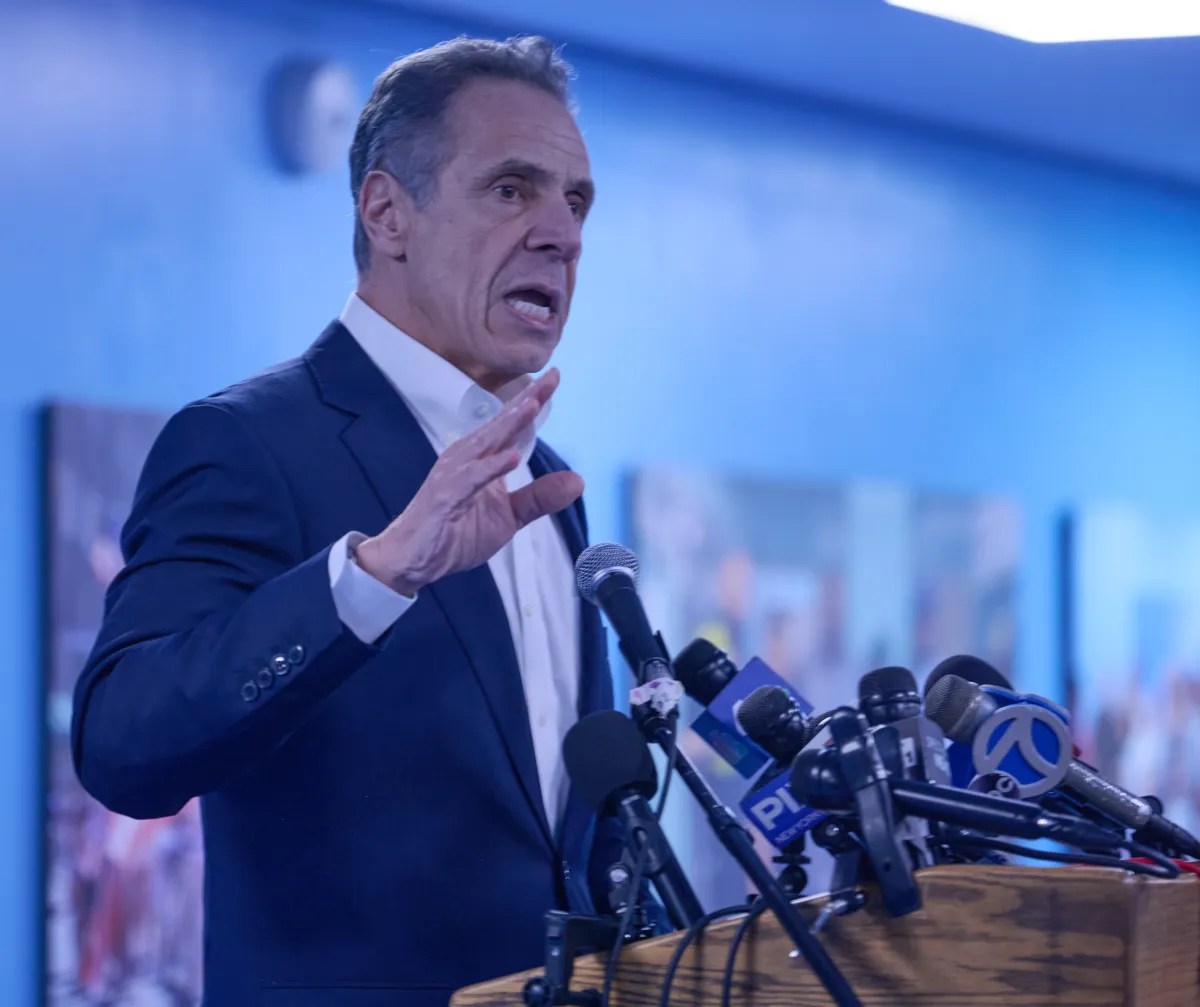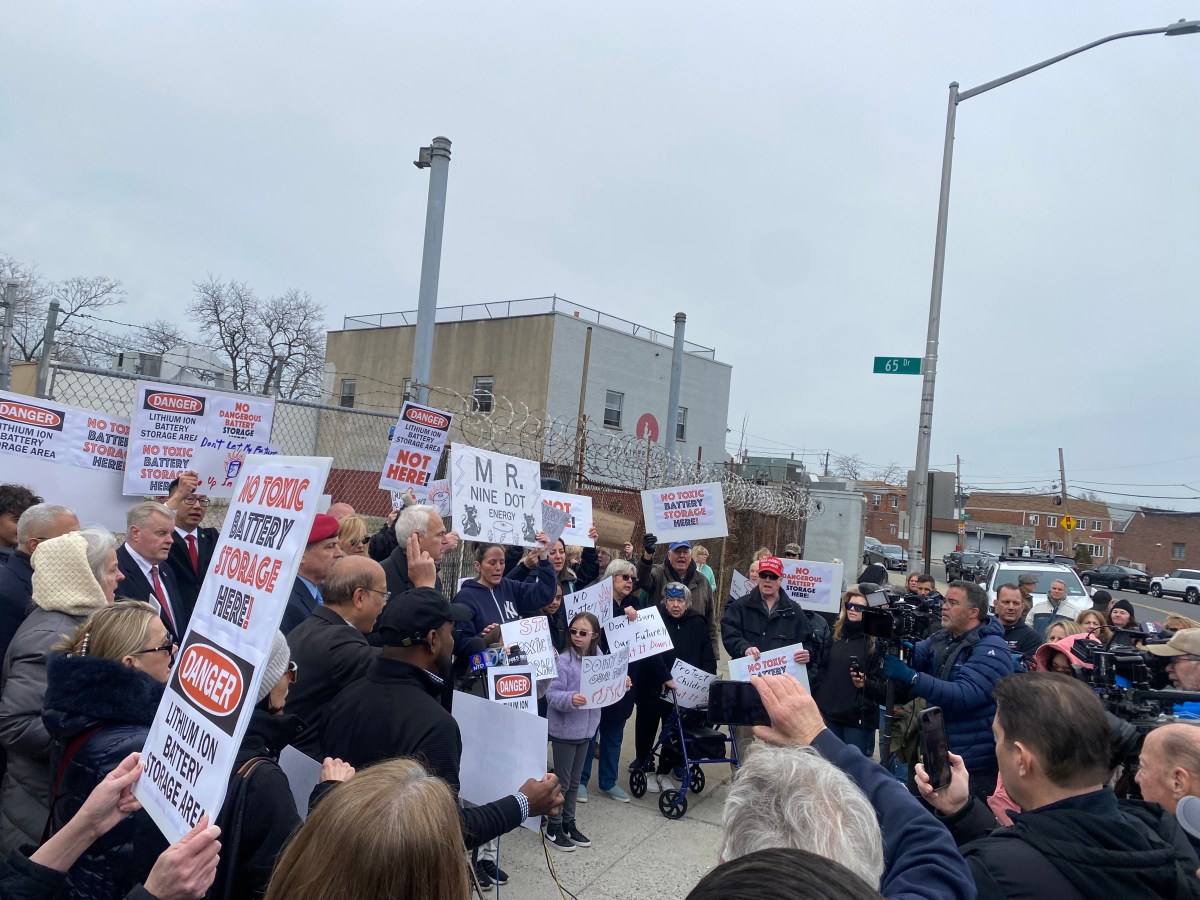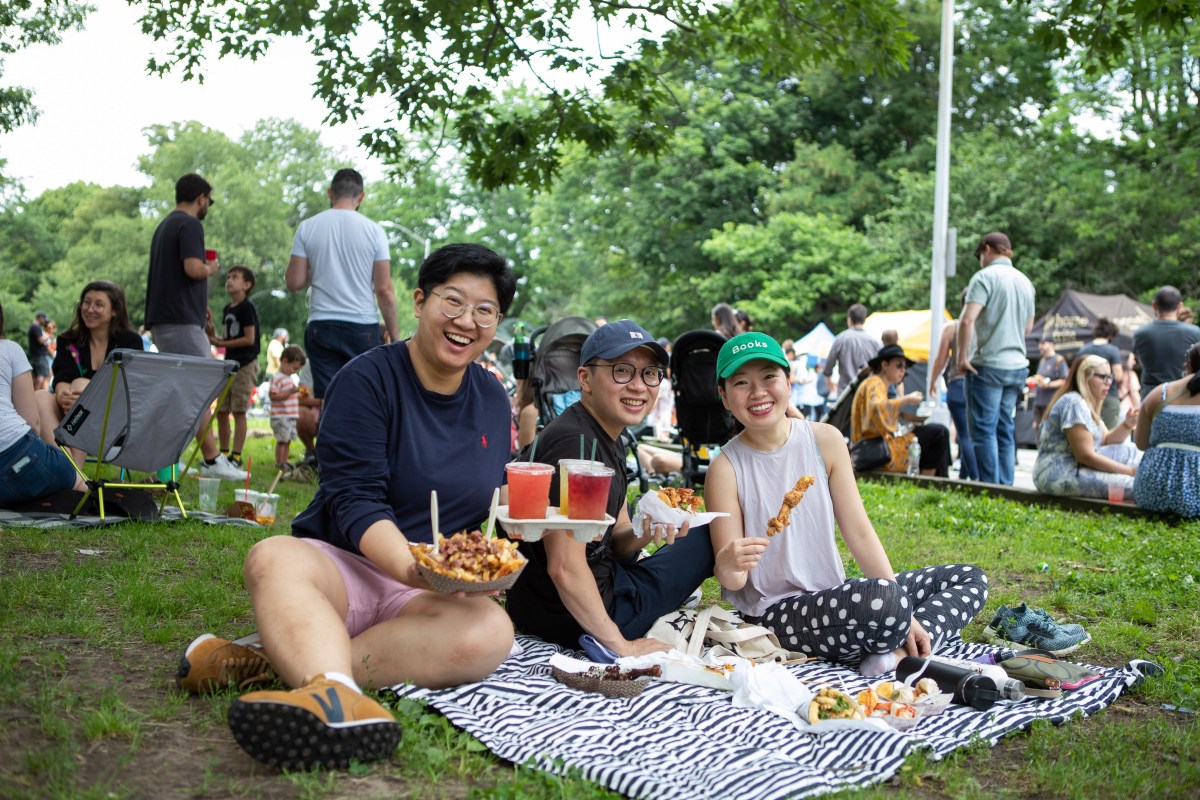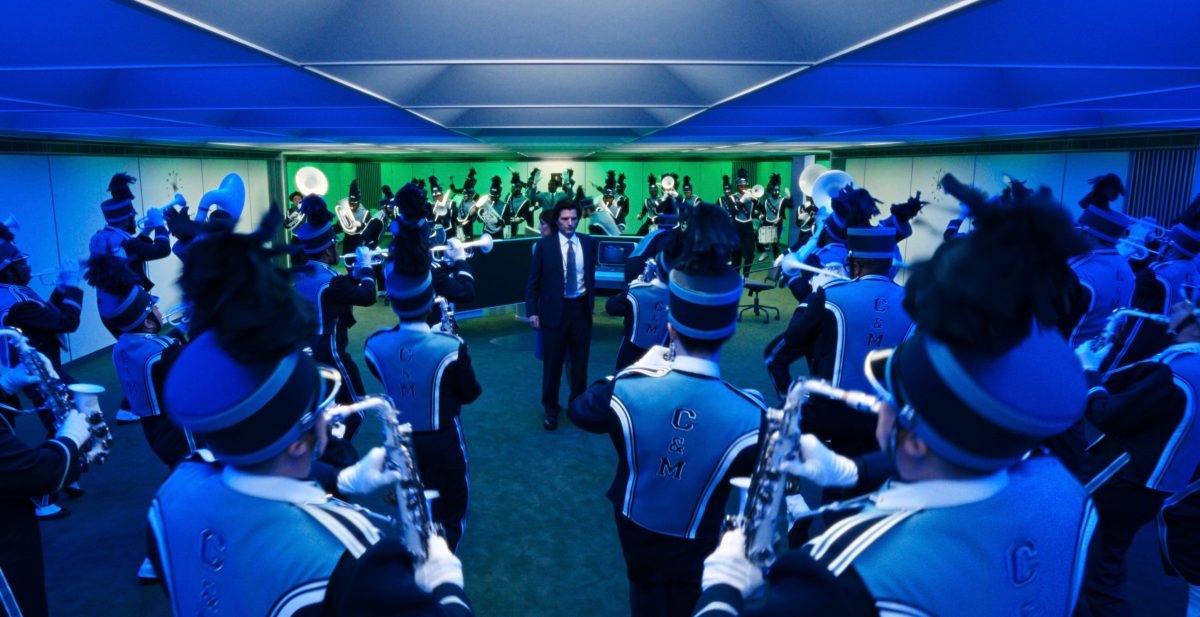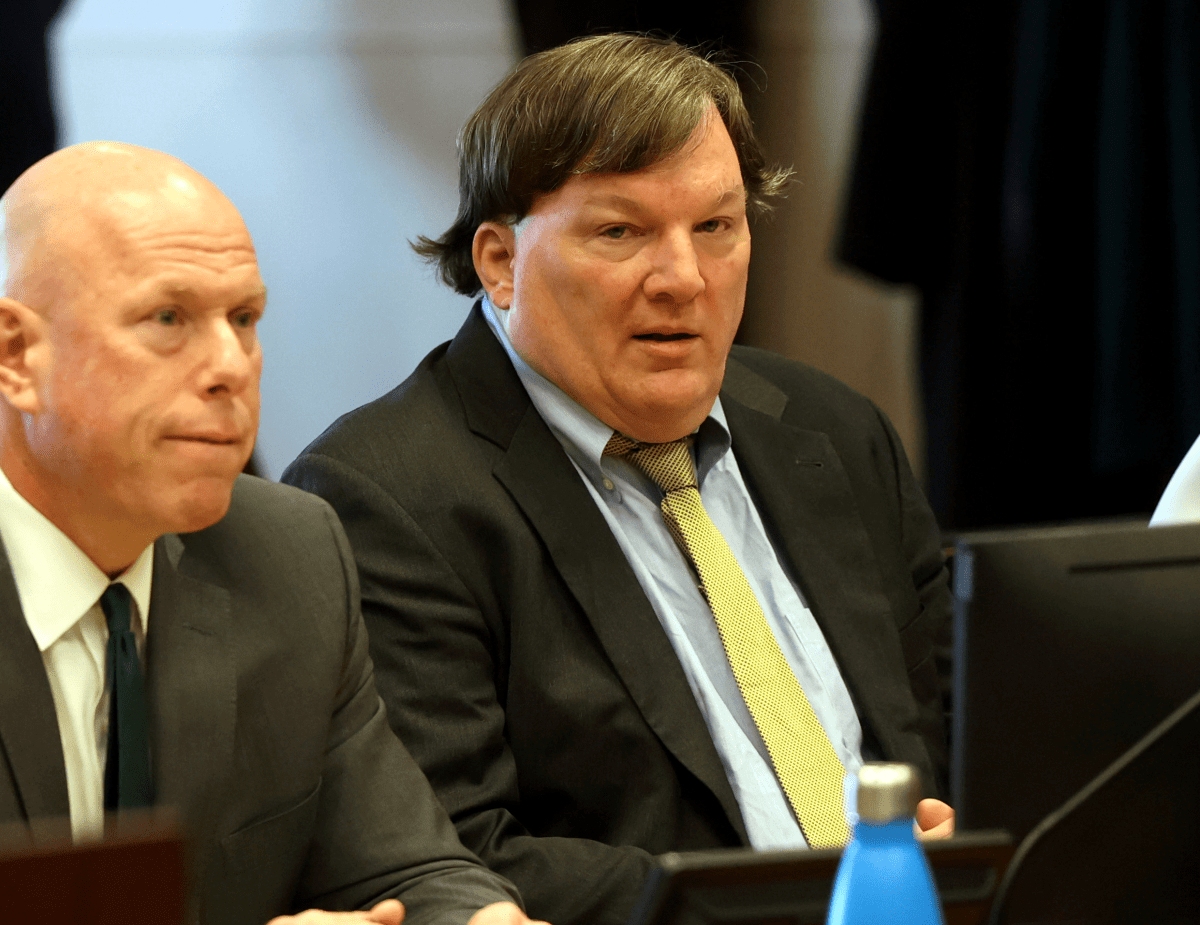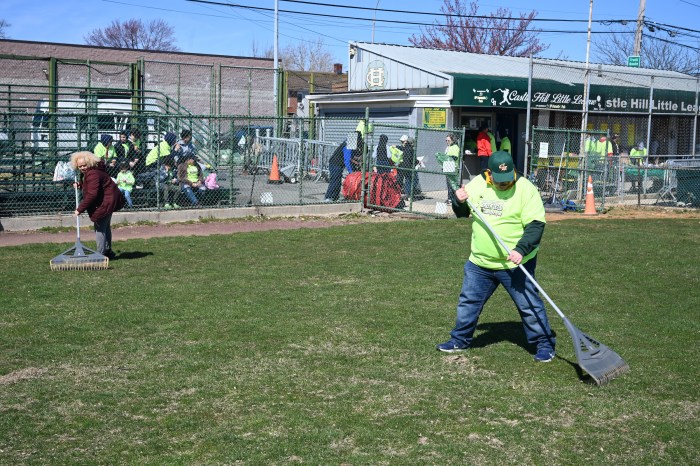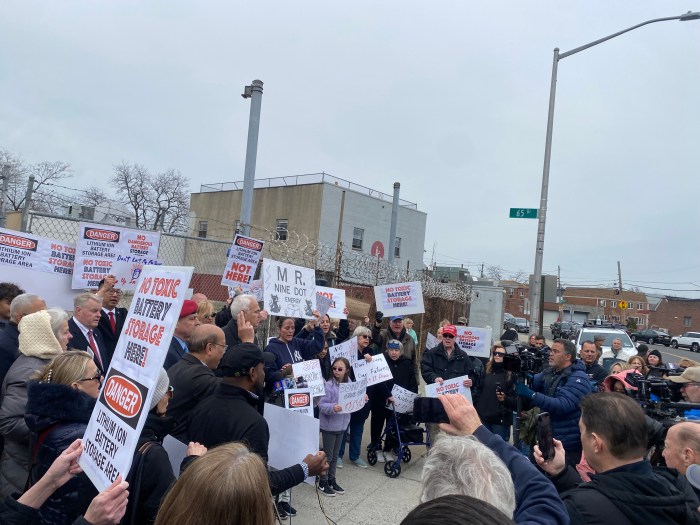
BY JACKSON CHEN | The city is in the process of providing 135 veterans with permanent affordable housing through a conversion of a former homeless shelter on the Upper West Side.
The transition of 330 West 95th Street is being tackled by the city’s Human Resources Administration (HRA) as part of the city’s response to a nationwide call to action, the Mayors Challenge to End Veteran Homelessness, proposed by President Barack Obama and First Lady Michelle Obama. The initiative encouraged mayors to commit to ending homelessness among former members of the armed services in their cities by December 31, 2015.
In line with Mayor Bill de Blasio’s goal of providing permanent housing, 135 veterans will be welcomed in phases into the West 95th Street building. Once a homeless shelter, the property has been converted into rent-regulated apartments and currently houses 57 tenants.
According to the HRA, 40 veterans are expected to move into the building by the end of the year, with the remaining 95 arriving in early 2016, though in its most recent fact sheet on the project, the agency indicated that no tenants had signed leases to date.
The 135 new tenants would be living alongside the 57 current tenants in the single-room-occupancy complex that has shared common areas, including bathrooms and kitchens.
The city agency will be working alongside Bailey House and Harlem United, two nonprofit organizations focused on providing services to people diagnosed with HIV and AIDS. While not signed, the HRA expects to enter into 10-year master leases with the two nonprofits. Both Bailey House and Harlem United will provide the veterans and the current tenants with a variety of services.
HRA said that on-site services would include 24-hour security, healthcare coordination, and job-hunting help — such as employment assessments and transportation to interviews. The agency said the organizations would also offer help to veterans who eventually want to relocate to more independent housing.
As for the off-site services, the tenants will have access to medical and dental services — regardless of their insurance status — mental health care, substance-use treatment, and a food pantry.
The city agency said the two organizations are currently screening interested candidates and expects three-quarters of the veteran population that moves in to be over 40 years old.
According to City Councilmember Helen Rosenthal, the veterans won’t be drawn from a pool with serious mental health needs, and the HRA said that in the screening process, no registered sex offenders would be accepted.
“The screening process is to discern if these individuals are ready to do the hard work of living in permanent housing,” Rosenthal said. “That they would be looking for jobs and become members of the communities.”

First Lady Michelle Obama announcing the Mayors Challenge to End Veteran Homelessness in 2014. | AMANDA LUCIDON/ THE WHITE HOUSE
While saying it supports housing veterans, a neighborhood association is hesitant to praise another shelter-like building, arguing it may simply be a Band-Aid on a complex issue.
“We want to see this thing done right, better than a shelter,” said Aaron Biller, president of the Neighborhood in the Nineties, an association that spans from West 90th to 97th Streets and from Riverside Drive to Amsterdam Avenue. “Because the shelters, they’re just dumping people in.”
Biller expressed uncertainty that the city would enforce requirements that the proper services be provided to the veterans and said the community would bear the brunt of filling any gap.
“The community is in danger of becoming a failed social experiment,” Biller said. “They’re socially taxing on the neighborhood, and we think it’s unfair to concentrate them in one geographic area.”
Adding to his list of concerns, Biller said the city could offer much better living options for permanent housing for veterans and that the medical services should be offered on-site instead.
“We are disappointed that such really low quality housing is what we’re making available to our veterans,” Biller said.
But for most veterans coming out of the homeless shelters of the city, a dorm-like living situation would be much more desirable, said Samuel Innocent, vice president of policy for the NYC Veterans Alliance.
“In my own personal opinion, we’re talking about taking veterans out of a homeless shelter… where the environment isn’t the greatest and placing them into an SRO,” Innocent said. “Yes, you may share kitchens, bathrooms. I say those are dorm rooms. I like to stress the living conditions are good enough for our college students.”
Innocent, who served as a United States Army medic from 2004 to 2011, said the permanent housing would provide struggling veterans with an opportunity to improve their lives through the services offered.
“This is to help the veterans who don’t have such networks of support,” Innocent said. “That was me coming back… I was on my own, by myself, and my initial transition coming back was rough.”
Innocent said there is an abundance of resources for veterans returning to the city, but he added that it’s connecting vets with service providers that proves difficult.
Innocent said the 330 West 95th Street building was a solution for getting veterans out of homeless shelters and into environments where they can better themselves and join their neighbors as members of the community.
“Providing veterans with a stable environment and surroundings that aren’t necessarily a shelter, somewhere where they feel they can elevate themselves,” Innocent said of the permanent housing being offered. “330 is the answer to the shelters.”





